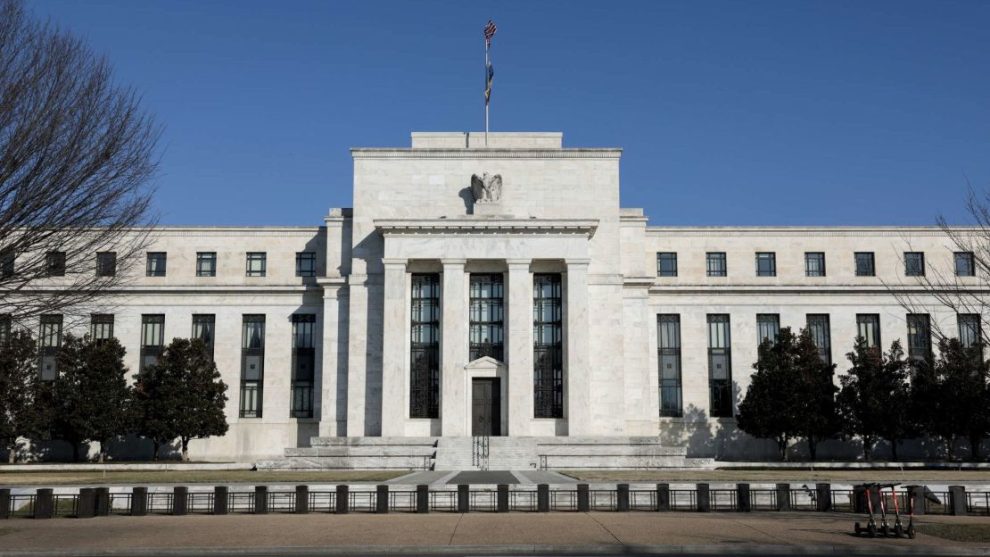() – The US Federal Reserve slashed interest rates on Wednesday, announcing its first rate cut since March 2020.
The bold, but not unexpected, half-point (0.5 percentage point) move paves the way for lower borrowing costs across the board, from mortgages to credit cards.
This marks a crucial milestone in the central bank’s historic fight against inflation, which has kept rates at a sharp 23-year high for more than a year.
The decision to cut by half a point, which was not unanimous, sends a message to the world that central bankers feel a sense of urgency in providing the US economy with quick relief from high borrowing costs, given that there have been vociferous calls in recent days for the Federal Reserve to start the rate-cutting cycle with a bang.
Federal Reserve Governor Michelle Bowman, who has frequently expressed concern about persistent price pressures, was the only dissenter, favoring a quarter-point cut.
In their latest economic forecasts, Federal Reserve officials also expect further rate cuts between now and the end of the year, compared with the single cut expected in June for 2024. Central bankers also expect unemployment to rise this year to 4.4%, up from the current rate of 4.2% recorded in August.
Despite the Fed’s bold move on Wednesday, the central bank’s battle against inflation, in the face of immense pressure from Wall Street and politicians, appears to be paying off so far: inflation is substantially below the 40-year highs seen in the summer of 2022, all without a recession. The momentous progress seen since then is not only due to the rise in interest rates, but also to the gradual recovery of the US economy after the severe disruptions caused by the Covid-19 pandemic.
Indeed, the Fed has been walking a tightrope to control price pressures without sacrificing the U.S. labor market — an extremely difficult task because rate hikes work by deliberately cooling the economy. This tool of the Fed is often described as a sledgehammer, not a scalpel.
Still, even as inflation is receding, nervousness persists, focused mostly on the future of the labor market rather than on whether inflation will stall or pick up. Precisely for that reason, some have called on the Federal Reserve to begin cutting rates aggressively. The unemployment rate rose relatively quickly last year, albeit from an unusually low point. Economists have widely argued that when unemployment starts to rise, it tends to gain momentum and keep rising.
The Federal Reserve was under pressure to start cutting rates in July, but it did not do so.
Some investors and economists pointed to rising unemployment and how the labor market can sometimes take a turn for the worse in the blink of an eye. The central bank was still waiting for sufficient evidence that inflation was under control, but Fed Chair Jerome Powell had said the weakening labor market could hasten the timing of the first rate cut.
The pace of the labor market slowdown appears to have served some purpose. But it also raises a question: Should the Fed have cut rates in July? Clearly, some investors believe the Fed is behind the curve, and the decision to cut rates by half a point further fueled that fire. It’s a delicate situation for the Fed, and even the fact that the decision was not unanimous casts even more doubt on the soundness of the Fed’s decision-making.
“When will investors think the Fed is getting ahead of itself and proactively exercising its ‘put’? This is the most important question, because investors have been implicitly asking that – and expecting this outcome – all summer,” Jason Draho, head of asset allocation, CIO Americas, at UBS Financial Services, said in a recent analyst note. He added that the Fed’s commitment to prolonging the expansion of the US economy with so-called “insurance cuts” to avoid a recession is key to investor confidence.
This news is in development and will be updated soon.







![[Img #74675]](https://thelatestnews.world/wp-content/uploads/2024/12/They-discover-a-new-class-of-X-ray-sources-in-the-150x150.jpg)




Add Comment